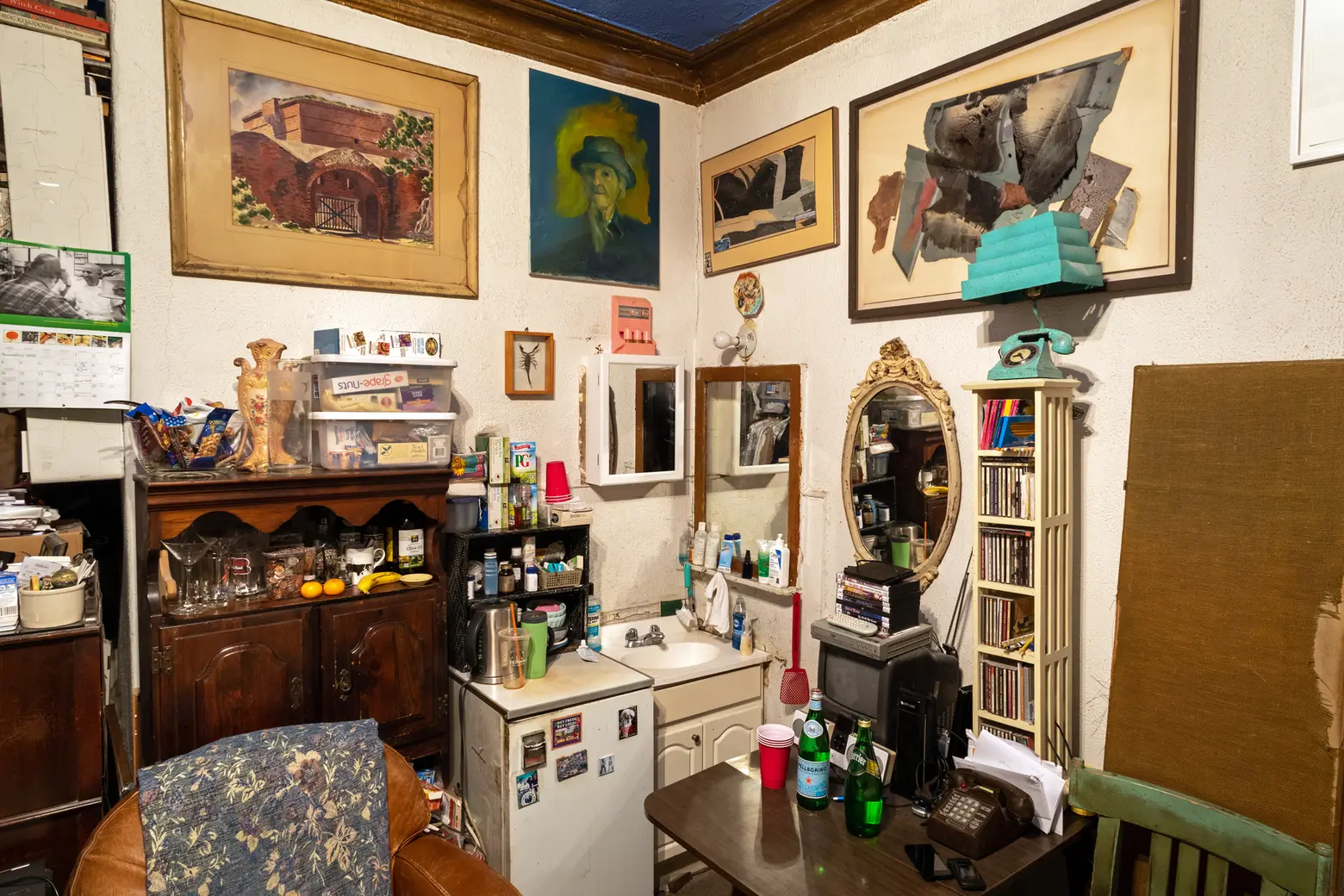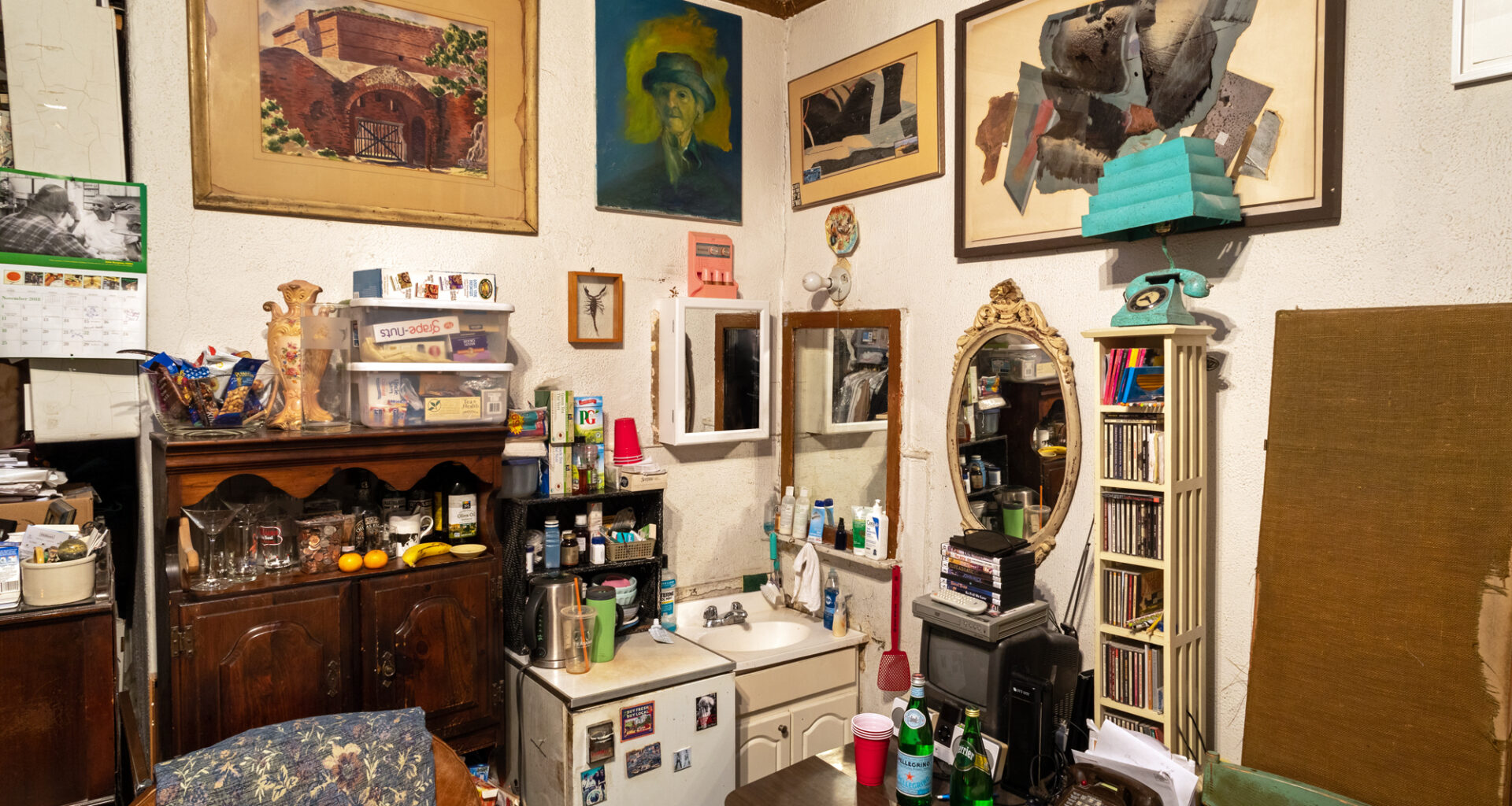
Looking for new ways to tackle the city’s housing shortage, a New York City Council member is calling for the return of single-room occupancy units (SROs). Council Member Erik Bottcher on Tuesday introduced legislation backed by the Department of Buildings that would allow the construction of SROs as small as 100 square feet for the first time in decades. The city once had as many as 100,000 SROs, but their numbers began declining in the 1950s as new laws restricted their construction and encouraged conversions, driven by stigma that linked the housing type to poverty and crime, according to the New York Times.
SROs typically feature shared kitchens and bathrooms, resembling dormitory-style housing. Their small footprints and minimal design make them one of the city’s most affordable options, especially for single residents, newcomers, and people transitioning out of homelessness.
The compact units were widely used in the early 20th century, when immigration and rapid population growth created urgent demand for low-cost housing. Over time, however, they became associated with crime, poverty, and quality-of-life issues, prompting laws that effectively banned the construction of new units. Today, only about 30,000 to 40,000 remain, down from more than 100,000 in the early 1900s, as reported by the Times.
Support for their revival reflects the urgent need for affordable housing amid the city’s historic shortage and cost-of-living crisis. To prevent SROs from regaining their former stigma, the bill includes safety standards, such as limiting shared kitchens or bathrooms to no more than three units and requiring sprinklers and adequate electrical to power small appliances in each room.
The legislation also targets companies marketing themselves as “co-living” providers, which typically own a building and rent out rooms in shared suites. These landlords often operate in an unregulated space where tenants lack formal leases and, under current city rules, cannot perform basic actions such as placing locks on bedroom doors.
Officials cited changing household patterns as part of their reasoning. Between 2018 and 2023, single-person households rose nearly 9 percent, while non-family households grew more than 11 percent, according to Crain’s.
“Shared housing was once a lifeline for generations of New Yorkers, and its disappearance for single people has tracked directly with the rise in homelessness,” Bottcher said in a post on X. “Restoring this category of housing will give people safe, affordable places to live and free up larger apartments for families who need them.”
The legislation would also make it easier to convert office buildings into SROs, following another popular trend in housing development across the city.
In December 2023, Gov. Kathy Hochul announced $50 million to rehabilitate up to 500 existing SROs across the state.
Mayor Eric Adams has also expressed support for SROs—his “City of Yes” housing plan includes reforms allowing small apartments with shared kitchens and bathrooms, as well as accessory dwelling units.
RELATED:
